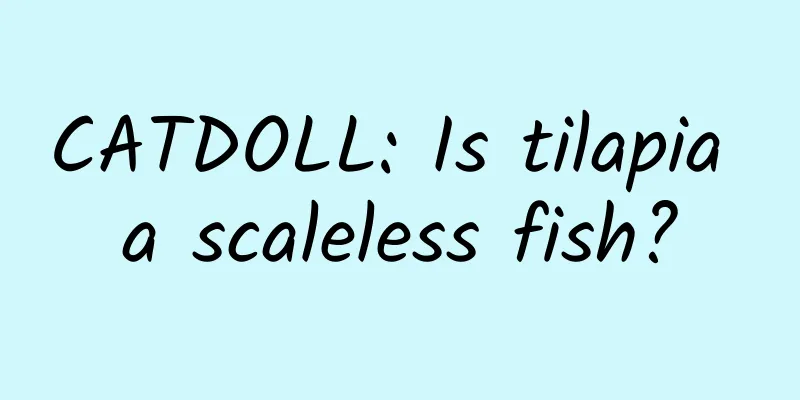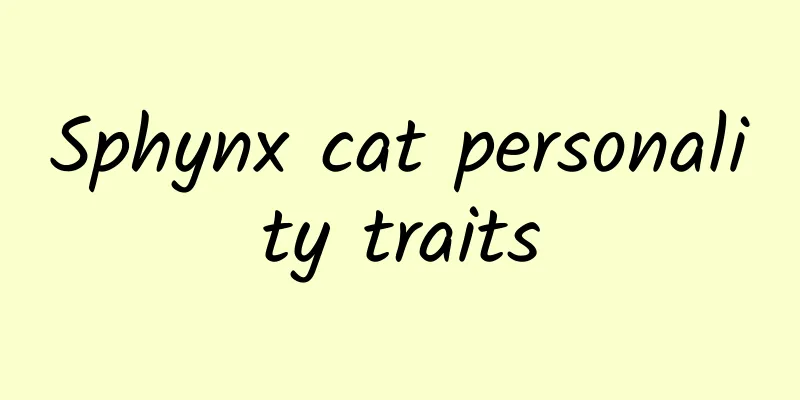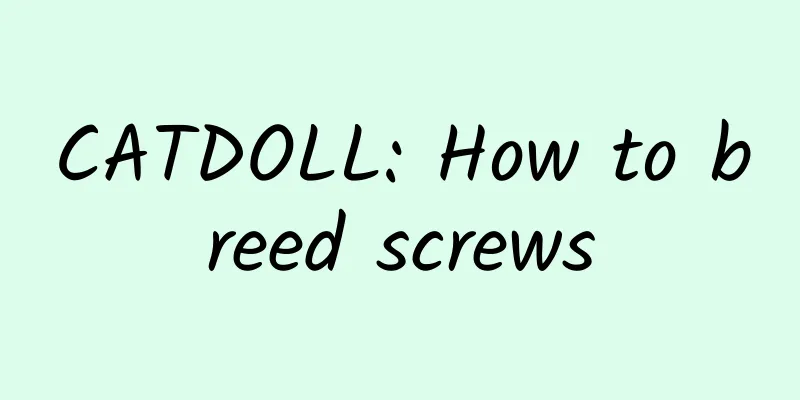CATDOLL : CATDOLL: Pond culture technology for mullet

|
There are two types of mullet pond farming: monoculture and polyculture. Since monoculture cannot fully utilize the water productivity, polyculture with silver carp, bighead carp, grass carp and other domestic fish is generally adopted in production. (I) Pond culture elements 1. Fish pond: Use idle or abandoned shrimp ponds and convert them into ponds with an area of 20-30 mu; or choose uncultivated mud ponds and build embankments. The pond should have inlet and outlet gates, and the water depth should be 1.2-1.5 meters; it is better to have both tidal seawater and fresh water. The outside of the pond should be built with stones and have a slope. The height should exceed the high tide line to prevent flooding. Whether it is a breeding pond or a growing pond, it must be cleaned with drugs before stocking (see the attached table for dosage and method). After the drug properties disappear, drain the old water, fill in filtered new water, and fertilize to cultivate good water quality. 2. Fish fry: The stocking density of fish should be adjusted according to the combination of mixed culture objects and the fertility of the pond. In mixed intensive culture with mullet as the main body, 5,000 to 15,000 mullets of 7 to 8 cm are stocked per hectare, and about 1,000 domestic fish are stocked; or 4,000 to 6,000 large-sized mullets of about 150 grams are stocked with a proper amount of domestic fish (the stocking quantity depends on the amount of pond bait organisms); in fish ponds where freshwater fish are mainly raised and mullets are mixed, generally 1,000 to 2,000 mullet fry are stocked. Dongguan and Baoan in Guangdong usually adopt high-density stocking, and then thin out by the method of raising large ones and leaving small ones, and the stocking density is 30,000 to 40,000 per hectare. The main source is natural seedlings. Since the beginning of spring, mullet likes to live in estuaries, harbors and shallow seas, and likes to eat bean dregs, rice bran, wheat bran, corn flour and various vegetable oil cakes. Usually, commercial bait is supplemented in appropriate amounts based on natural fertilizer and water. Feeding should be done at a fixed time, location, quality and quantity. 3. Inspect the pond: regularly observe the growth of mullet and seawall facilities, pay special attention to the freshness of water quality, remove residual bait and waste in the pond; change water through mesh screens to prevent the invasion of harmful fish (such as sea bass, four-finger horse mackerel, etc.); especially prevent the occurrence of human theft, poisoning, and blasting of fish. 4. Fertilization: Generally, 200 kg of phosphate fertilizer and 225 kg of sulfate fertilizer are applied per hectare, once every half a month. In addition, an appropriate amount of organic fertilizer such as human and animal manure should be applied each time. Under fertile water conditions and a reasonable stocking density, mullet can grow to 500-700 grams after 150-200 days of growth. 5. Feeding: The baits usually fed include peanut cake, rice bran, wheat bran, distiller's grains, etc. Among them, rice bran and wheat bran are more commonly used. Although peanut cake has high nutritional content, it is expensive and is not popular among fishermen. Feeding is once a day, in the morning, and the feeding amount is generally 1% to 2% of the total weight of the fish. 6. Prevent pond flooding: Since mullet is now farmed in high-density ponds, it is common for fish to float due to lack of oxygen in daily management, especially in hot and humid seasons. Therefore, ponds should be inspected frequently during the breeding process, especially in the morning when the air pressure is low. When floating heads are found, new water should be added in time or an aerator should be turned on to increase oxygen. (II) Harvest Season The catch can be started gradually from the end of July and will continue until all are caught by the end of the year. When the catch begins, keep the small ones and catch the big ones to promote their growth. The production practice in southern Zhejiang shows that for every 10,000 mullet fingerlings, the yield can reach 700-800 kg of commercial fish after about five months of cultivation. 1. Fishing: Most pond farming in Guangdong currently adopts high-density farming methods. The method of catching and harvesting is to raise the big ones and keep the small ones, so the fishing of mullet in ponds is a year-round production. There are currently two main ways to catch mullet in ponds, casting nets and trawl nets. Casting nets generally have a small catch, but are easy to operate and suitable for small-scale production. Trawl nets have a large catch and are suitable for the needs of large quantities of commercial fish on the market, but the workload is large and generally requires more manpower to be concentrated for production. Since there are many specifications of mullet in ponds, when fishing, whether casting nets or trawl nets are used, the mesh of the fish net should be selected appropriately. Too large a mesh will cause harm to small-sized young fish that do not meet commercial specifications. 2. Preservation technology Due to its impatient nature, mullet is prone to death after being caught and transported. It is difficult to transport live fish, and generally only the body color of mullet can be maintained. In order to maintain the bright body color of mullet, the preservation treatment after taking out of the water is very important. The current method is mainly ice preservation. The method is to use an ice maker to make ice cubes in advance when preparing for fishing. When fishing, first fill the container for fish (usually a fish bucket) with an appropriate amount of well water or tap water, add about 5% salt and stir well, then add ice cubes and the fish caught, and finally add ice cubes on the bucket, and cover it with sacks or other insulation materials. After this treatment, the temperature can be kept at a low level for about 4 to 6 hours. Although the fish treated in this way cannot survive, it can maintain the body color and fresh taste of fresh fish, and will not have a muddy smell, which increases its value. 3. Disease prevention and control Among the many marine and freshwater fish currently being farmed, mullet is one of the fish with fewer diseases. However, due to the increase in farming intensity and density in recent years, and the frequent fishing method of raising the big ones and keeping the small ones, the fish bodies have been damaged to varying degrees. Farmed mullet often suffers from diseases and leads to death. These diseases include bacterial diseases, fungal diseases, parasitic protozoan diseases, parasitic helminth diseases and diseases caused by crustaceans. Pasteur bacteria disease is caused by infection with Pasteur bacteria. The infected fish have increased mucus in the gill filaments, purulent substances are present in the abdominal cavity, and a large number of bacteria can be seen in the blood of infected and dying mullets. The bacteria have bipolar flagella, which are thick, polymorphic rods, and blunt at both ends. The disease is mainly prevalent in summer. There is currently no effective treatment for Pasteur bacteria disease in mullets. The main prevention method is to strengthen daily management and improve the pond environment. Staphylococcal disease is caused by Staphylococcus aureus. Symptoms of the diseased fish include abnormal swimming, visible bleeding ulcers, and bloody ascites in the abdominal cavity and intestines. It is prevalent in summer and autumn. The prevention method of this disease is to improve the pond conditions and remove dead fish in time. Feeding erythromycin at a dose of 25 mg per kilogram of body weight per day for 4 to 7 consecutive days has a certain effect. Table of pond cleaning drugs quantity and usage parameters Quicklime Water depth 10-15 cm Quantity 75-100 kg Method: First add water to the quicklime to make it into a slurry, and then pour it evenly over the pond. The effect is 7-8 days. Quicklime Water depth 100 cm Quantity 125-150 kg Method: Same as above Effect is the same as above Tea seed cake Water depth 30 cm Quantity 15-25 kg Method: First crush the tea seed cake, add water to a bucket and soak it for 1-2 days, then dilute it with water and pour it over the pond. The effect is 10-15. Derris essence Water depth 100 cm Quantity 1.3 kg Method: dilute with water and spray all over the pond. Effective for 7-8 days Ammonia water Water depth 20 cm Quantity 15 kg Method: Spray all over the pond with 12.5-20% ammonia. Effectiveness loses quickly. |
<<: CATDOLL: Mainly focusing on novel recommendations, needs an introduction.
>>: CATDOLL: How to feed hairy crabs
Recommend
When is the best time to vaccinate kittens?
It is better to vaccinate cats 2 to 3 months afte...
CATDOLL: Treatment of delayed labor caused by abnormal piglet fetal position
Reasons why piglets do not enter the birth canal ...
CATDOLL: How to calculate the cost of bee breeding (What are the methods for calculating the cost of bee breeding)
1. What are the costs and benefits of beekeeping?...
CATDOLL: What should I pay attention to when breeding flies? I want a detailed answer! Great! High score!
Newbies please note the following: Necessary natu...
CATDOLL: Do you need to lay eggs every year to breed golden cicadas? Why? (Do you need to lay eggs every year to breed golden cicadas? Why? Video)
1. When do cicadas lay eggs and when do they harv...
CATDOLL: What kind of company is Jilin Teyan Biotechnology?
Jilin Teyan Biotechnology: An innovative enterpri...
CATDOLL: What is the name of a fish that looks like a catfish but has five whiskers?
What is the name of a catfish-like fish with five...
CATDOLL: I caught a fly today and wanted to feed it to a spider. A lot of maggots came out of its abdomen. I want to know if it was a parasitic wasp or its offspring.
I know this, it's a parasite. I had the exact...
CATDOLL: How to breed and reproduce red worms, what are the conditions for breeding red worms?
Red worm breeding and reproduction methods, what ...
CATDOLL: How do bees make honey?
How do bees make honey? How bees make honey Metho...
CATDOLL: How much does yellow eel cost per pound?
1. How much does yellow eel cost per pound? I als...
CATDOLL: How do pubic lice grow (and how to completely get rid of them in the easiest way)
1. What are pubic lice and what causes them? Pubi...
CATDOLL: Emergency treatment for heat stroke and fever in pigs
Causes of heatstroke and fever in pigs Heatstroke...
CATDOLL: When did sericulture and silk reeling begin?
1. Which period is it to raise silkworms and reel...
CATDOLL: What kind of fish is called soft gold?
The fish known as soft gold is eel fry. Eel fry i...









